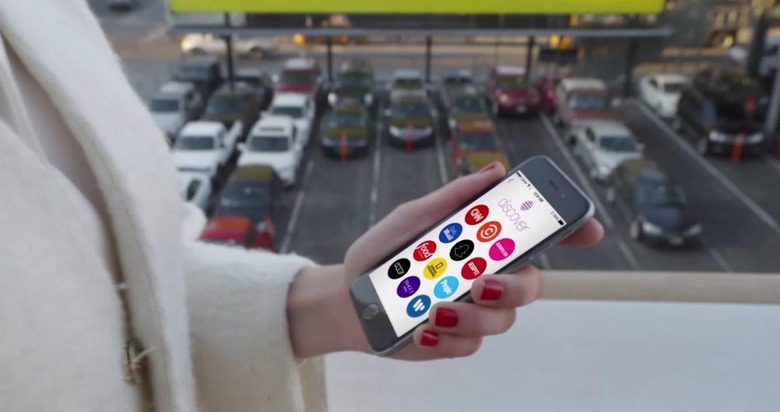Google's Snapchat Discover Clone Stamp Is AMP For Millennials
Watch out Snapchat: Google wants to eat your lunch. While the Battle Royale may have been between Snapchat and Facebook until now, with the latter frequently accused of stealing the features of the former, now the Mountain View search giant is wading into the ring. According to sources, it not only has eyes on one of Snapchat's more lucrative features, but potential customers already lined up to use it.
The feature in question is Snapchat Discover, the section of the app in which participating publishers can highlight their latest stories in short, easily-ingested video, photo, and text chunks. An adjunct to Snapchat's original intention of self-destructing messages sent between individuals, Discover's more broadcast-like system has been pitched as a way for publishers to reach a much broader audience.
Now, it seems, Google wants a slice of the same pie. According to sources speaking to the WSJ, the company is working on its own system of "visual-oriented media content". Apparently dubbed "Stamp" – where "St" stands for "stories" – it supposedly builds on Google's existing work with AMP.

AMP – or Accelerated Mobile Pages – is an open-source project created by Google, in part as a response to Facebook's Instant Articles. Its pitch to publishers has been that it is much faster to load on smartphones and in other mobile browsers; there's also an unspecified extra jolt of Google SEO bonus for where sites using AMP show up in search results. Third-party sites like Bing, Yahoo, Twitter, and LinkedIn have also added support for AMP pages.
Stamp would reportedly be a focused version of an AMP story. Boiled down to as little as a set of slides, each could include photos, text, and video and be navigated through swipes from side to side, it's claimed. Already, Google is said to have approached a host of media companies – including Vox Media, CNN, Mic, the Washington Post and Time Inc. – to gage interest in taking part.
While Google might be late to the party, it does have some advantages that Snap can't boast of. For instance, Stamp content would apparently show up in Google search results, in addition to other Google mobile products. Indeed, publishers could even embed their Stamp content into their own sites.
Snapchat, in contrast, hosts Discovery content itself, and doesn't make it available outside of the app. Google has declined to comment on the specifics of the report, along with how any ad revenue might be apportioned. Currently, publishers are allowed to include some advertising in AMP pages, but the pared-back articles don't include reader turn-offs like interstitials, pop-overs, and autoplay video.
"Ever since the beginning of AMP we've constantly collaborated with publishers," a Google spokesperson said in a statement, "and are working on many new features." According to the sources, Google's Stamp could launch as soon as next week.
